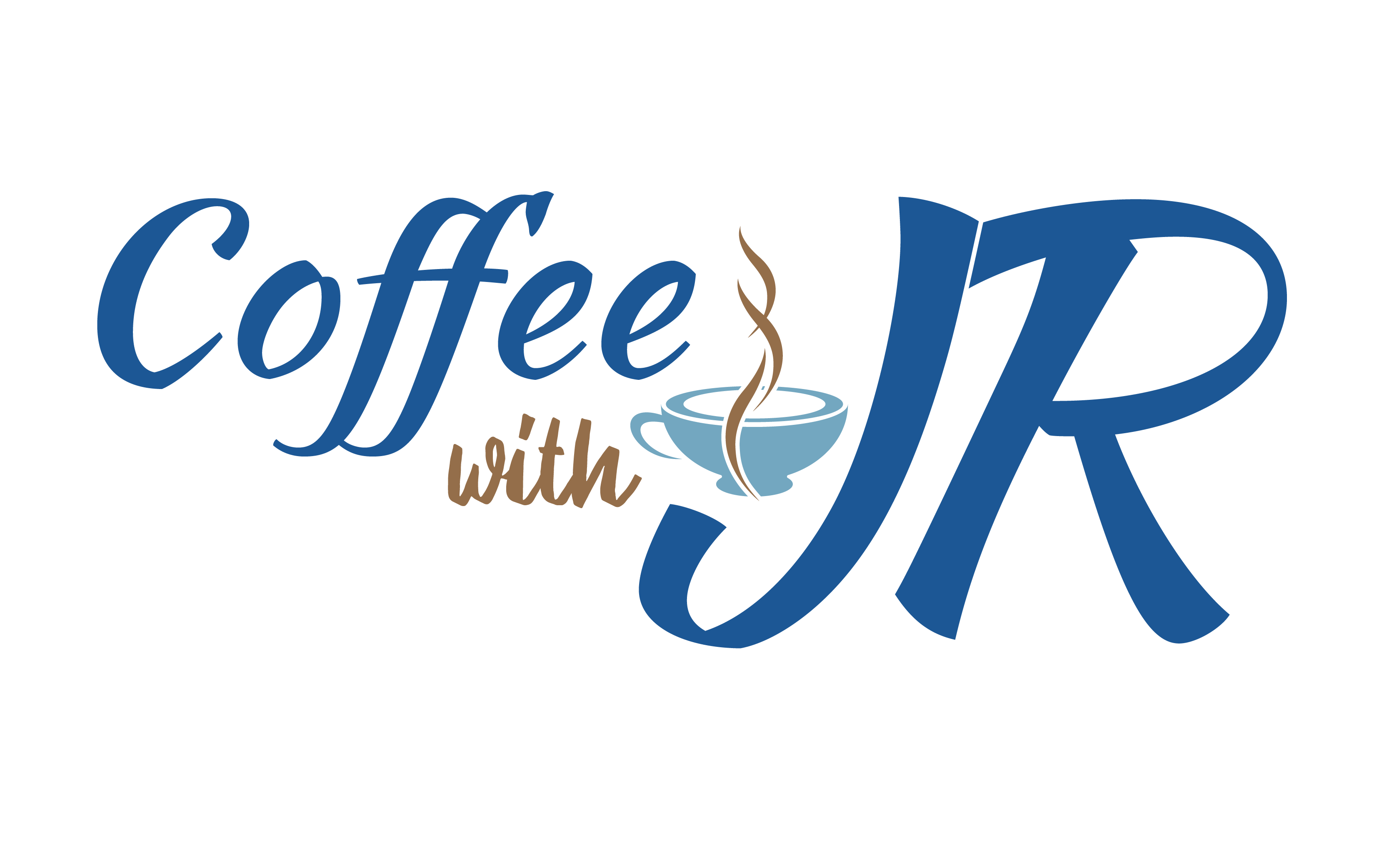
Since COVID, I have had the opportunity and privilege to travel internationally a handful of times. There are definitely a lot of pros and cons about traveling internationally during these tiring COVID months and years.
I have been traveling internationally more because I need to push myself outside of my comfort zone. Prior to the pandemic, all my speaking engagements were in-person and required some form of traveling. Since then, only about 15% of my presentations are in-person. I do enjoy and prefer speaking virtually, but I can only stare at my screen for so long. Staring at inanimate objects just doesn’t spark creativity inside me. This is because there is one thing that virtual presentations can’t replace which is the pressure and energy from a live audience. For some people, this pressure results in stage fright. For me, this pressure is where all of my inspiration, creativity, and excitement derive from. I need this pressure to push me outside of my comfort zone where my imagination and innovation can grow and unfold both professionally and personally.
The closest thing that duplicates this pressure is traveling internationally. Traveling domestically just doesn’t do it for me anymore. I am speaking from a privileged perspective; I have been to 42 different states and a majority of the major cities in the U.S. and have spoken at over 40 universities in-person. I still enjoy traveling domestically and checking out new spots. At the same time, it has become predictable.
On the other hand, traveling internationally, even to Mexico, pushes me outside my comfort zone and offers me new challenges and adventures. It’s a paradox. Through the discomfort and challenges, I find comfort, inspiration, and creativity.
The next biggest question is the risk and COVID safety. Let’s start talking about COVID safety first.
I HATE wearing a mask. The backs of my ears hurt from the mask strings, I get hot easier and faster with the mask on, and it’s just inconvenient. And at the same time, we know that wearing masks decreases the risk of catching COVID and other viruses. So, I am grateful for the mask mandate. This is because there are still number of gross people out there that don’t take hygiene seriously. Even during the pandemic, I still see men not washing their hands after using the restroom and coughing without covering their faces, lowering their masks. Also, a majority of men’s bathrooms reek with odors.
Sanitation for preventing COVID is the same in the U.S. as in other countries. In fact, the countries that I have traveled to are doing as good a job of providing masks and sanitizers as the U.S. I actually felt safer in Panama than in the States because there were hand sanitizers everywhere, I saw workers wiping everything down constantly, and everyone was wearing masks inside and outside (90 degrees with 50% humidity). So, simply following the basic safety protocols like always washing your hands before eating or touching your face and wiping things down around you before sitting down can tremendously decrease the risk of catching COVID. Remember that, when putting hand sanitizers on your hands or wiping down a surface area, you need to apply it for at least 20 to 30 seconds to truly disinfect your hands or the surface area.
Last, there are fewer people traveling internationally now. Even the most touristy spots that we visited in Panama City were only at 50% capacity.
To mitigate risk and to ease my mind and fear, here are some other precautionary actions that I take before visiting a country and during my stay:
- Know where the local pharmacies are where I am staying and traveling to. Many of the European, Asian and Latin countries have socialized medicine, and these pharmacies not only provide medicines, but they are where you can see a doctor and/or nurse. Despite the political rhetoric against socialized medicine in the U.S., personally, I think these pharmacies are extremely helpful and efficient, especially with minor symptoms. Also, these pharmacies are everywhere, accessible, and affordable. And, unless you are staying at a resort, local pharmacies are the place where you take COVID tests.
- Food safety. The majority of the time, I just go ask local people for food recommendations. When I see other tourists, I ask them. Their suggestions are more legitimate and reliable than any online reviews.
- Another food safety tip is simply to observe. Here is an example: there was a local restaurant that was close to our hotel in Panama City. We had five different meals at this spot. We walked by the restaurant a number of times and noticed that the restaurant was never fully packed. Instead, no matter what time of day, the restaurant was always busy with at least 50 to 75% capacity with local eaters. This told us that local people must really like this place and that the food was fresher because they have consistent patrons. The food was clean, cheap, and super delicious.
- Travel with someone. Prior to COVID, I traveled by myself internationally in Asia and Central America. Since COVID, this is a rule that I’ve been obliging diligently.
- I always pack light with essentials only because this gives me mobility and a sense of freedom.
- Know where the U.S. Embassy is located, or your country’s embassy. I have never been inside a U.S. Embassy, nor an embassy in general. So, this is more for psychological safety.

Recent Comments